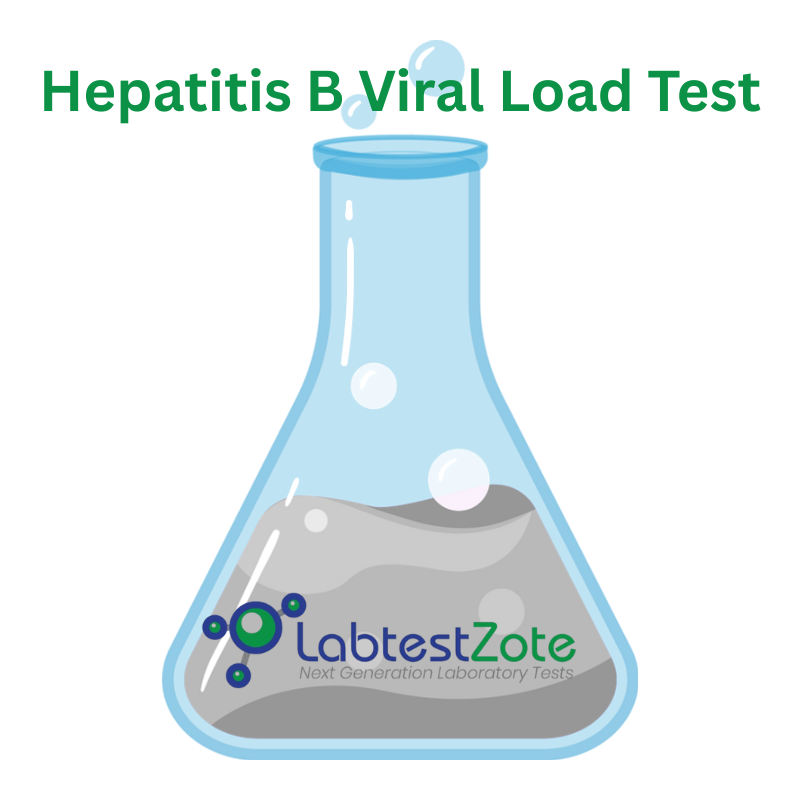What is the Hepatitis B Viral Load Test?
The Hepatitis B Virus Viral Load Test measures the level of HBV viral DNA in blood.
This test is crucial for assessing the level of viral replication in patients with chronic hepatitis B infection. The test employs Polymerase Chain Reaction (PCR) technology to obtain precise measurements of viral load. PCR works by amplifying specific segments of the HBV DNA present in a blood sample. This amplification process enables the detection of even minute quantities of viral genetic material.
In the context of hepatitis B virus, real-time quantitative PCR (qPCR) is often employed, which not only detects the presence of the virus but also quantifies its load in International Units per milliliter (IU/mL).
This quantification is vital for assessing the degree of viral replication and determining the appropriate treatment strategies.
Importance of Hepatitis B Viral Load Test
The measurement of HBV DNA through PCR is critical for several reasons:
- Monitoring Disease Progression: Regular assessments of viral load help track disease progression and evaluate the effectiveness of antiviral therapies.
- Guiding Treatment Decisions: High levels of HBV DNA indicate active viral replication, which may necessitate the initiation or adjustment of treatment protocols.
- Predicting Clinical Outcomes: Elevated viral loads are associated with a higher risk of liver complications, including cirrhosis and hepatocellular carcinoma.
Indications of the Hepatitis B Viral Load Test
The HBV quantitative test is indicated for several reasons:
- Monitoring Disease Progression: It helps determine the extent of viral replication and assess disease severity.
- Evaluating Treatment Efficacy: Regular monitoring allows healthcare providers to evaluate how well antiviral therapies are working and make necessary adjustments.
- Predicting disease outcomes: Higher baseline viral loads are associated with increased risks of liver damage, cirrhosis, and hepatocellular carcinoma.
- Guiding Treatment Decisions: Results inform decisions regarding the initiation or modification of antiviral therapy.
- Preventing Transmission: Identifying patients with high viral loads can help implement strategies to reduce the risk of transmission.
Patient Preparation/Instructions
Patients should consult their healthcare provider for specific instructions before testing. Generally, no special preparation is required for HBV VL. A blood sample will be drawn from your arm for analysis.
Typical Reference Values
The typical reference range for HBV viral load varies widely:
- Not detected: Indicates no measurable HBV DNA.
- Low Viral Load: Less than 2,000 IU/mL suggests a less active infection.
- High Viral Load: Greater than 20,000 IU/mL indicates active replication and a higher risk of liver damage.
Waiting time for Hepatitis B Virus Viral Load Test
Results from the HBV quantitative test are usually reported within 24 hours after the sample is received by the laboratory.
How to Order Hepatitis B Viral Load in Kenya
To order the Hepatitis B Virus (HBV) Quantitative test, please click the “Order Test” button and add it to your cart.
Have questions on Hepatitis B Viral Load? Click the WhatsApp button to talk with our specialist laboratory testing advisor.
If you are outside Nairobi, you can send us your sample in an EDTA sample bottle to our address at the top of this page.

